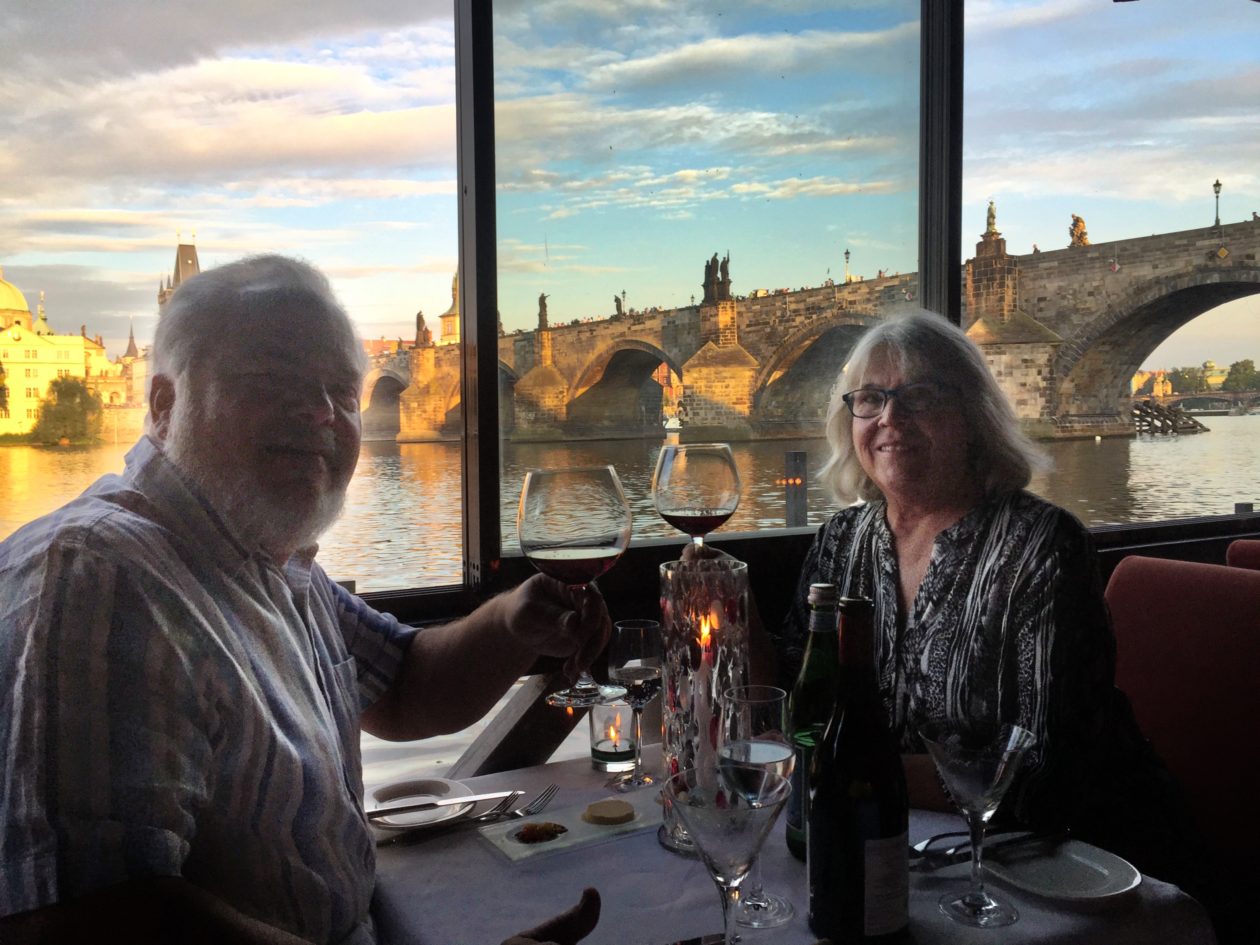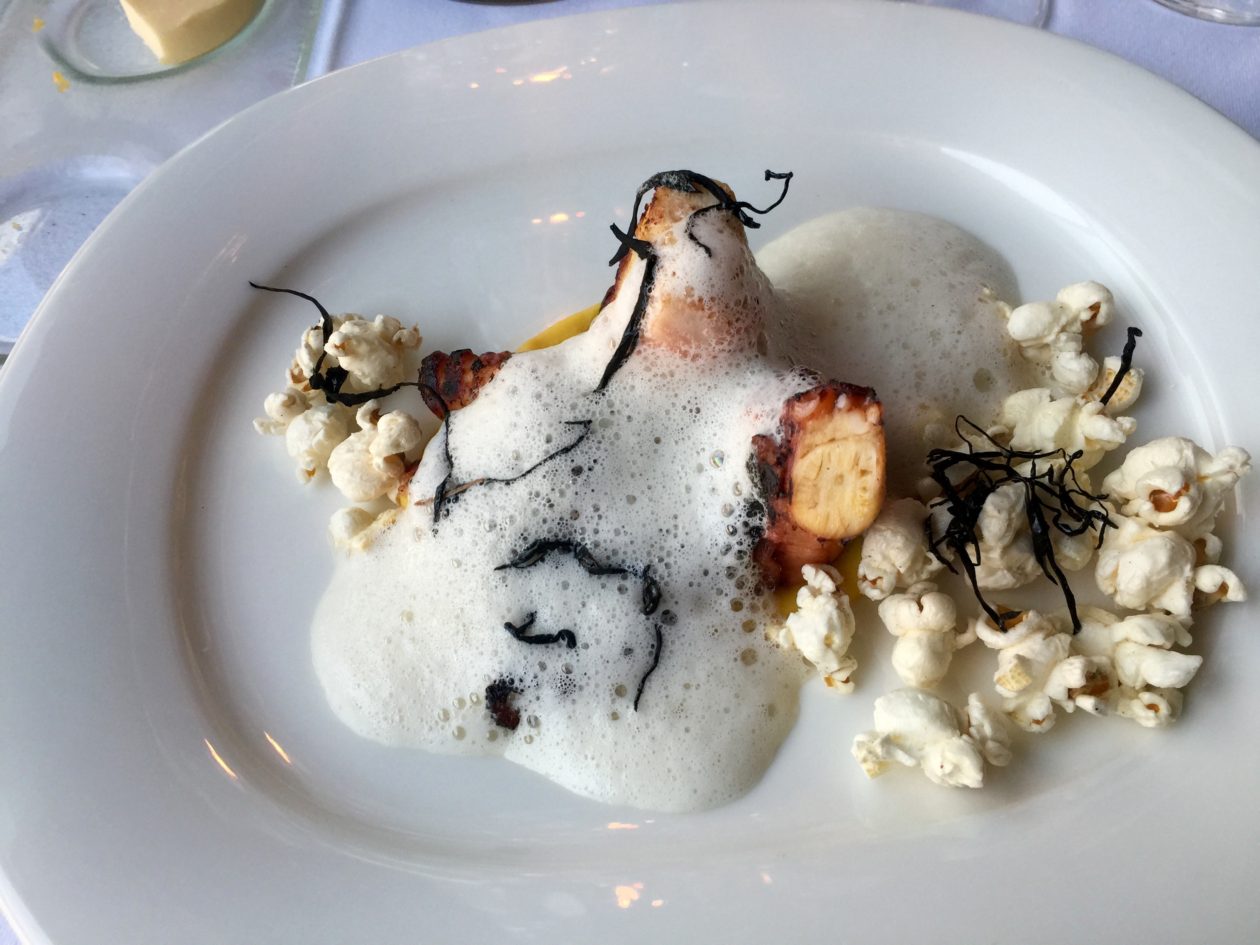So, on we have gone to Prague, recognized as the “first beautiful city,” mostly thanks to Charles IV, the Holy Roman Emperor during the mid-14th Century. During his reign, Prague grew into one of Europe’s largest and most prosperous cities. While it reminded us a bit of Kraków, it is easily 2-3 times its size.
Like so many other cities in Eastern Europe, Prague (and the surrounding country) has been conquered over and over again, whether “peacefully” by the Habsburgs, making them part of the Austro Hungarian Empire, the Nazi occupation during WWII, or the Soviet occupation during the Cold War. The Czechs actually enjoyed independence for two decades after WWI when they declared independence, before the German invasion. In both of these cases, deals were cut behind the scenes (e.g., remember Neville Chamberlain?) and the invasions became somewhat anticlimactic, while the world watched and did nothing. Having said that, the horrors of occupation were significant. Similar to the rest of the region, Prague’s Jewish population went from over 65,000 to under 1,000. Under the Soviets, people were routinely imprisoned, their economy was devastated, and their environment destroyed. Thankfully, in 1989, through the Velvet Revolution, the Soviets left and the Czech Republic began its renewal process. The rate of change was amazing. It is said that That the disintegration of communist power took 10 years in Poland, 10 months in Hungary, 10 weeks in East Germany, and 10 days in Czechoslovakia. Today, you would hardly recognize that anything had ever happened there.
On our first day, we walked around the city, starting in Wenceslas Square (yes, the Christmas Carol Good King Wenceslas), where the protests over Soviet occupation took place. Having largely been free from Allied bombings during WWII (more on that later), the architecture is magnificent , with excellent examples of Gothic, Baroque, Art Nouveau, and Cubist structures all around. We put on a lot of miles but think we covered most of the sites.
Day 2 was museum day, starting with one of our favorite artists/illustrators, Alfonse Mucha. If you don’t know the name, you would certainly recognize the posters he became famous for during the Art Nouveau period. In fact, he is largely credited with creating the Art Nouveau style. While he achieved much of his fame and fortune commercially, his passion was painting inspirational works to build nationalism within he Czechs. If you don’t know him, check him out.
We spent the rest of the day at the Hotel Jalta Nuclear Bunker and Communism Museum to better understand life under the Soviets. The Hotel Jalta is an excellent example of the Cold War era. The original building that stood there was mistakenly bombed by the Allies in WWII. (the bomber went off course in bad weather and they released their bombs, thinking this was Dresden – oops!). The Soviets decided to build a hotel for foreign diplomats there – but not before building a 7-story bunker and tunnel system underneath it. It was supposed to be able to withstand a nuclear blast, but I sort of doubt it. The side benefit was the ability to set up a communications station to monitor “bugs” placed in all of the rooms. Guests were assigned rooms based on their importance and collection potential. Amazing! In the Communism Museum, there a number of realistic displays on what life was like during the occupation. To put it mildly, it sucked – hard!
We really enjoyed our time here. – great sites, friendly people (except for the skinhead Neo-Nazis we came across at the edge of the Jewish Quarter), lots of interesting restaurants, and yes, even some of the tourist antics. We are now on a bus for 8 hours, heading to Budapest, which I understand is 3-4 times bigger than Prague!
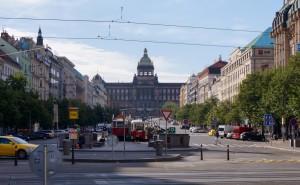
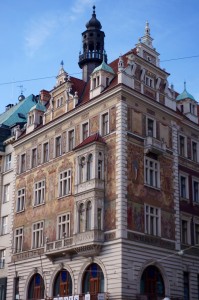
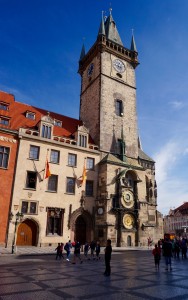
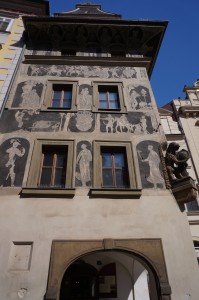
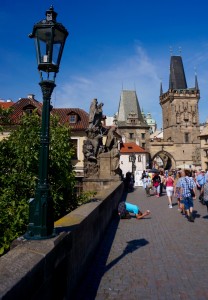
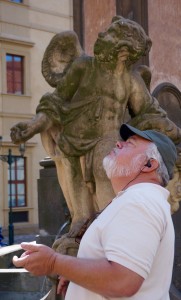
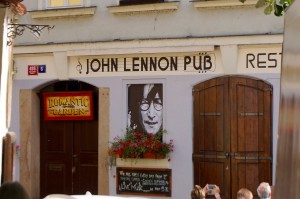
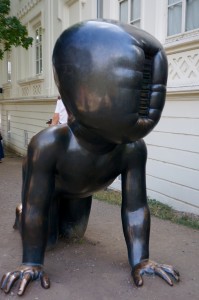
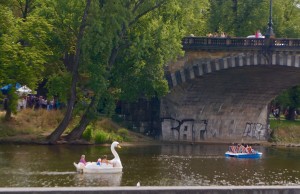
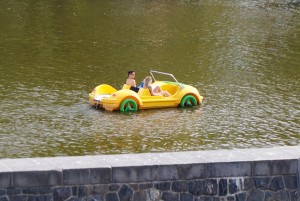
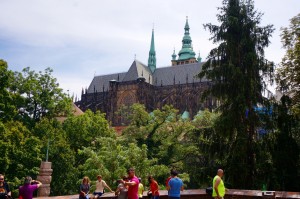
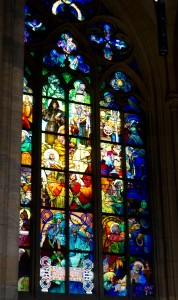
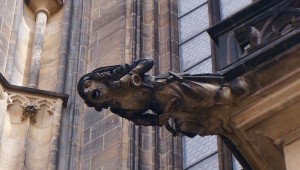
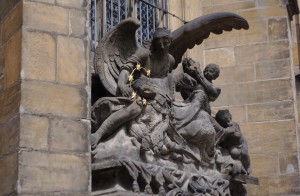
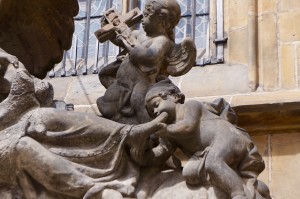
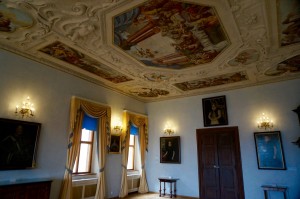
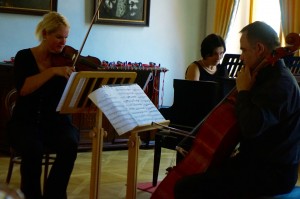
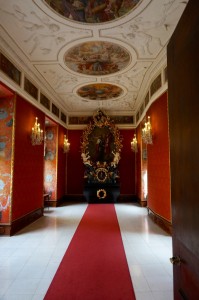

This entry was posted in Czech Republic, Travel
